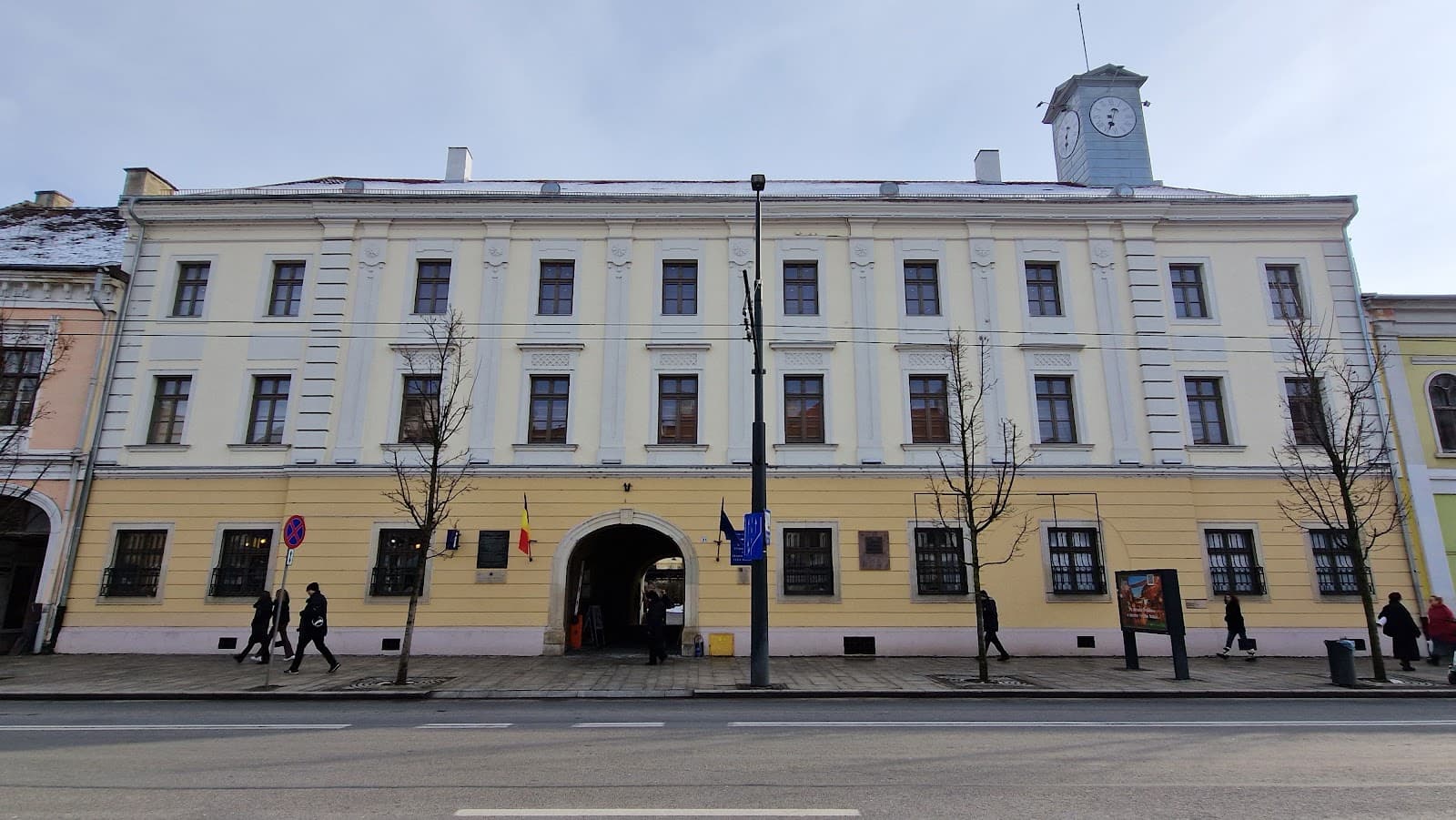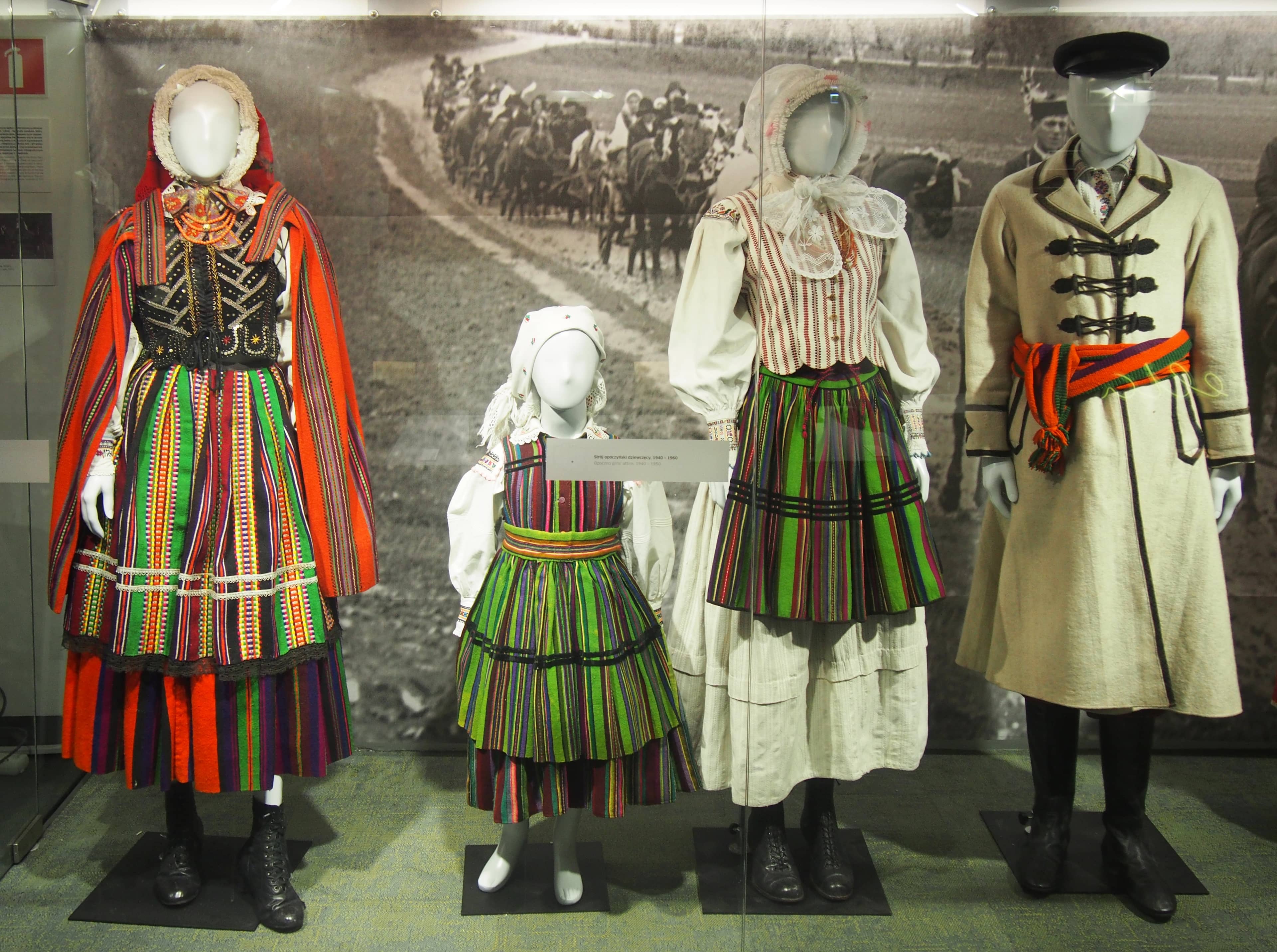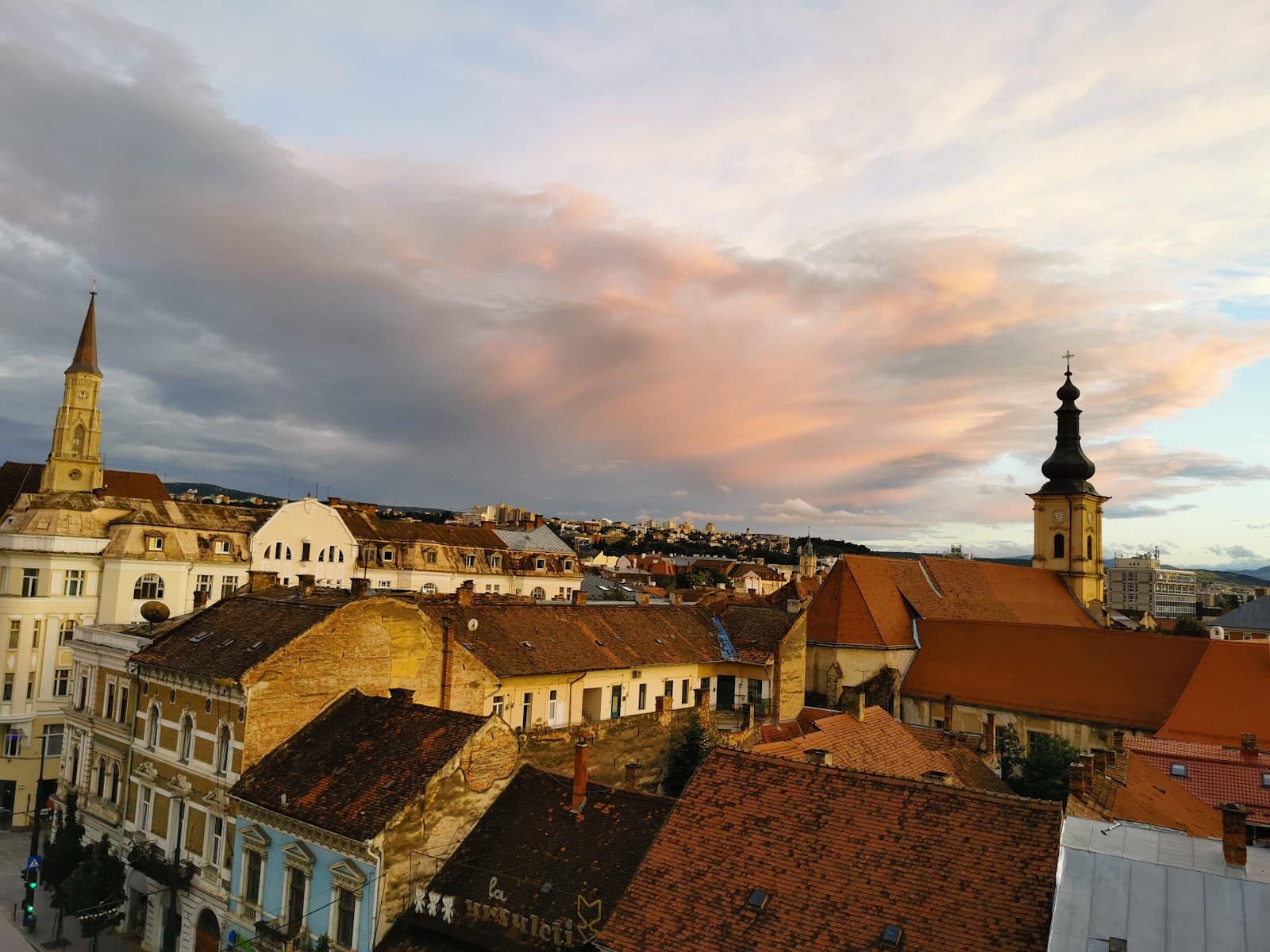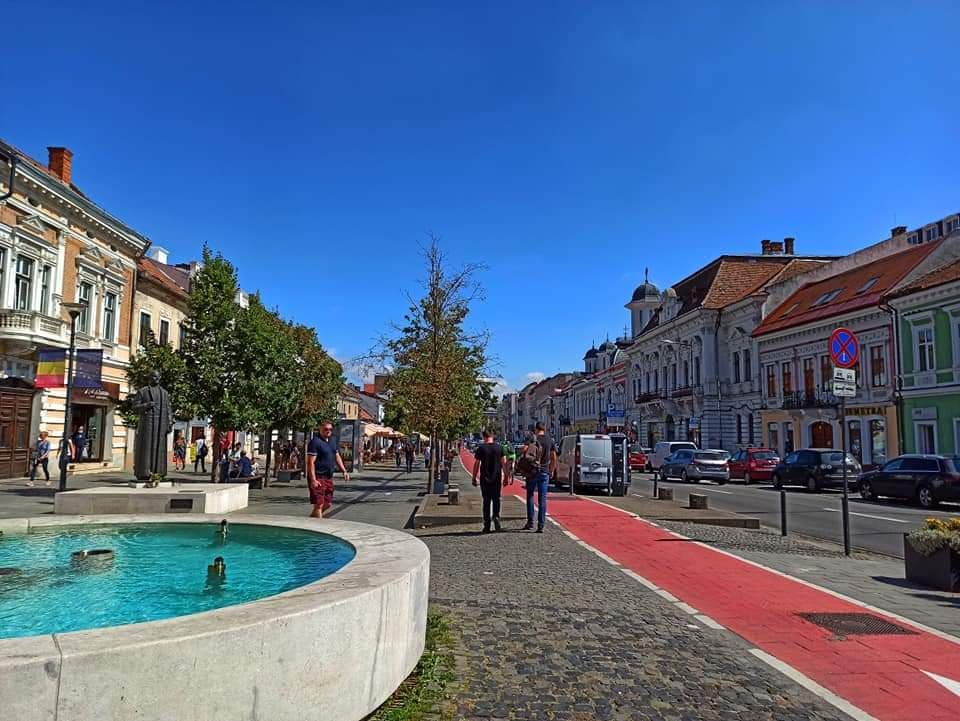
Ethnographic Museum of Transylvania Reduta Palace
Explore centuries of Transylvanian heritage within the historic Reduta Palace, once a hub for political and cultural events.

Highlights
Must-see attractions

Social
From TikTok & Reddit
Best Time
Fewer crowds, more peaceful exploration

Ethnographic Museum of Transylvania Reduta Palace
Best Time
Fewer crowds, more peaceful exploration

Highlights
Must-see attractions
Explore centuries of Transylvanian heritage within the historic Reduta Palace, once a hub for political and cultural events.
"A journey through Transylvanian history and culture within a palace that hosted legends."

⏳ Allow ample time
Don't rush; immerse yourself in the detailed exhibits. Plan for at least 1-2 hours.
📸 Photography rules
Check for any restrictions on photography inside the museum before you start snapping.

Highlights
Discover the most iconic attractions and experiences

Transylvanian Diet Hall
Main Hall
Imagine historical debates and decisions made in this grand hall, a testament to Transylvania's rich political past.

Folk Costume Collection
Exhibition Halls
Marvel at intricate traditional attire, showcasing regional diversity and craftsmanship from across Transylvania.

Rural Life Exhibits
Exhibition Halls
Step back in time with displays of traditional tools, furniture, and household items, offering a glimpse into past rural life.
Plans like a pro.
Thinks like you
Planning Your Visit
Historical Significance
Museum Focus
Best Times
Insider Tips
from TikTok, Instagram & Reddit
⏳ Allow ample time
Don't rush; immerse yourself in the detailed exhibits. Plan for at least 1-2 hours.
📸 Photography rules
Check for any restrictions on photography inside the museum before you start snapping.
🚶♀️ Comfortable shoes
You'll be on your feet exploring exhibits, so wear comfy footwear.
Tips
from all over the internet
⏳ Allow ample time
Don't rush; immerse yourself in the detailed exhibits. Plan for at least 1-2 hours.
📸 Photography rules
Check for any restrictions on photography inside the museum before you start snapping.
🚶♀️ Comfortable shoes
You'll be on your feet exploring exhibits, so wear comfy footwear.
What Travellers Say
Reviews Summary
Visitors appreciate the historical depth of Reduta Palace and the rich ethnographic displays. The museum offers a fascinating look into Transylvanian heritage, though some find the exhibits less interactive for younger audiences. The building's own storied past is a significant draw.
"The redoute hosted many important events such as meetings of the Transylvanian Diet, concerts by Frantz Liszt, George Enescu or Johannes Brams. The Memorandum Trial also took place here. It currently houses the Ethnographic Museum of Transylvania."
M K
What People Like
What People Dislike
Frequently Asked Questions
🚇 🗺️ Getting There
The museum is centrally located in Cluj-Napoca, making it easily accessible by foot from most city center hotels. Public transport options like buses and trams also stop nearby. Check local transit apps for the most up-to-date routes and schedules.
Parking in the city center can be challenging. There are paid parking lots and street parking options, but they fill up quickly. Consider using public transport or walking if possible.
From Cluj-Napoca International Airport (CLJ), you can take a taxi or a ride-sharing service directly to the museum. Alternatively, public buses connect the airport to the city center, from where you can transfer to a local bus or tram.
🎫 🎫 Tickets & Entry
Opening hours can vary seasonally. It's best to check the official museum website or contact them directly for the most current information on daily opening and closing times.
Admission fees are typically modest. Check the museum's official website for current ticket prices, and inquire about any potential discounts for students, seniors, or groups.
While not always available, some museums offer online ticket purchasing. This can save you time, especially during peak tourist seasons. Check the museum's website for this option.
Weekends and weekday afternoons, especially after lunch, tend to be busier. Visiting on weekday mornings is often the best strategy for a more tranquil experience.
🎫 🧭 Onsite Experience
The museum focuses on the traditional folk culture of Transylvania, featuring exhibits on rural life, traditional costumes, pottery, woodworking, and agricultural tools. It offers a deep dive into the region's heritage.
While the exhibits are educational, younger children might find them less engaging than interactive museums. However, older children interested in history and culture will find it very informative.
Most visitors spend between 1 to 2 hours exploring the collections. If you're particularly interested in ethnographic details, you might want to allocate a bit more time.
Guided tours may be offered, often in Romanian or English. Inquire at the information desk upon arrival or check the museum's website beforehand to see if tours are scheduled during your visit.
Accessibility can vary in older buildings. It's advisable to contact the museum directly to inquire about ramps, elevators, and accessible restroom facilities if you have specific mobility needs.
🍽️ 🍽️ Food & Dining
Typically, ethnographic museums do not have on-site restaurants or cafes. However, the museum is located in the city center, surrounded by numerous cafes and restaurants offering local and international cuisine.
Cluj-Napoca's city center boasts a vibrant culinary scene. You'll find traditional Romanian restaurants, international bistros, and cozy cafes just a short walk from the museum. Explore the streets around the museum for diverse options.
📸 📸 Photography
Photography policies can differ. Generally, non-flash photography for personal use is often permitted, but it's crucial to check for specific signs or ask museum staff to confirm the rules.
The traditional folk costumes and the detailed interiors of recreated rural homes are often highlights for photographers. The historical architecture of Reduta Palace itself is also quite striking.
For Different Travelers
Tailored advice for your travel style
👨👩👧 Families with Kids
🏛️ History Buffs
Deep Dives
In-depth insights and expert knowledge
The Historical Significance of Reduta Palace
Furthermore, Reduta Palace played a role in significant political moments, including hosting the Memorandum Trial. This event underscores the palace's importance not just as a cultural hub but also as a site of political discourse and historical consequence. Understanding these historical layers enhances the appreciation of the museum's contents, as the building itself is a testament to the region's enduring legacy and the evolution of its society and governance.
Exploring Transylvanian Folk Culture
Beyond attire, the museum delves into the material culture of the region. Exhibits often feature household items, tools, and furniture that illustrate the ingenuity and resourcefulness of past generations. You might encounter displays of pottery, woodworking, weaving, and agricultural implements, providing tangible insights into how people lived, worked, and sustained themselves. The museum aims to preserve and present this heritage, offering a valuable educational experience for anyone interested in the cultural tapestry of Romania and the broader Carpathian region.






Social
from TikTok, Instagram & Reddit